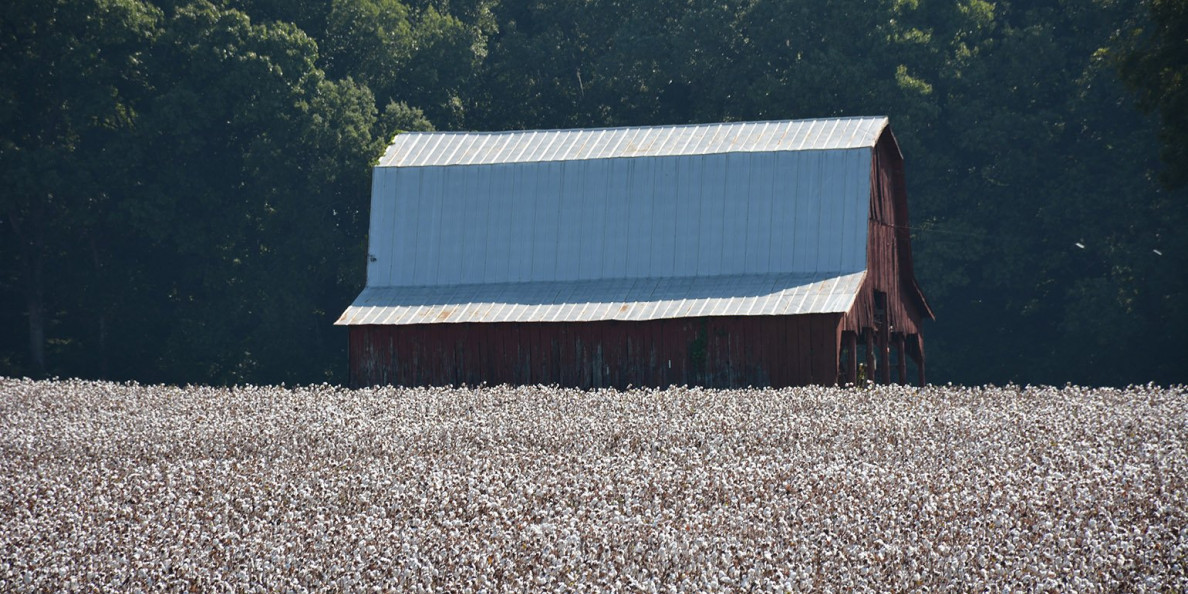By Jeff Thompson, Autauga Quality Cotton Association
Those of you from my neck of the woods in lower Alabama, can certainly attest to the peskiness of gnats on a hot summer day. For those unfamiliar with such a worthless insect, let me fill you in. Gnats are small flying insects that serve no purpose on this earth but to pester the living daylights out of you by constantly buzzing around every orifice of your face.
They are relentless in their endeavors, oblivious to the frantic swatting and cursing of their victim. A nuisance in every sense of the word.
I’ve now come to associate all this trade war rhetoric with gnats. It’s there every day, some days worse than others. It’s a nuisance, though there is little we can do about it short of embarrassing mama and fanning in despair — neither of which will stop its relentless assault on the cotton market.
The market traded last week in a tight range of only 219 points (60.25 – 58.00) despite the heat being turned up late in the week as both sides announced the imposition of additional tariffs.
It began this week losing 45 points closing Monday at 57.82 despite some encouragement from China’s lead negotiator, who stated over the weekend their desire for a calm resolution to the trade issue. It’s almost as if the market has grown weary and turned a deaf ear to any comments coming from the negotiations. It too seems to consider it a nuisance and frankly is tired of swatting.
Indeed, the dark cloud of uncertainty lingers as negotiations between the two superpowers show little sign of progress, despite what you may hear from both sides. Federal Reserve Chairman Powell voiced it well when he said, “there is no playbook for trade wars.”
The same can be said in the marketing of commodities, there is no proven marketing strategy to safely rely on when navigating such uncharted waters.
Plenty Of Cotton, Plenty Of Yarn
Masking the dire consequences of this lengthy trade war is the fact our economy continues to fare better than most other global economies.
Nonetheless, declining economic conditions in many European countries and China are exacting a toll on the demand for cotton. Last week’s dismal exports sales of only 149,000 bales is a reflection.
Even at such low-price levels, mills aren’t jumping in to buy cotton. This is largely due to an oversupply resulting in warehouse after warehouse filled to capacity with old crop cotton.
Even worse, Chinese cotton yarn inventories have grown to record high levels, reducing their need for imports. This, in turn, will slow our back-door approach to China whereas we’ve been selling raw cotton to neighboring Far East countries to enter China as spun yarn.
Suffice to say, simply inking a trade resolution will not in itself cure the problem of low prices. Obviously, this over-supply situation will have to be corrected before we can expect any significant improvement. The ultimate solution will be a change in the supply chains, which takes some time though initial steps are being taken.
At the moment, demand for cotton apparel rests on the backs of the U.S. consumer, no pun intended. Many retailers are reporting quarterly sales growth. For example, Target saw same-store sales increase by 3% over this time last year.
Low unemployment, higher wages, and declining interest rates presently are holding a recession at bay and supporting consumer confidence. But how long can this last in the face of the news around us.
Ultimately, the U.S. consumer alone can’t balance cotton’s supply and demand numbers. It will require renewed global demand especially in the face of another sizeable crop about to be harvested.
Specs See Little Reason To Stir
In recent weeks, the Southeast has seen rainfall in greater abundance. This may have been too late to add to the crop size but nonetheless has slowed it’s decline. The Southwest, while experiencing excessive heat, fewer showers, and late-season insect pressure has seen its crop back up in many places.
The earliness we had strived for all year has been aided by the extreme heat enhancing maturity. We are days away from defoliation in many places rather than weeks. This may not be all bad as weather systems in the tropics are becoming much more active.
At present, there is little on the horizon to shake the specs out of their short position. Keep in mind, however, such a large position when liquidated could provide a significant market boost. We disagree with USDA’s 22.5 million bale production estimate but even if it comes in somewhat lower, prices will be pressured if demand doesn’t rebound.
With the trade aware, the marketing loan program can potentially provide a floor. Look for prices to remain range-bound in the high 50’s until we get into harvest and S/D numbers become clearer. A POP payment is likely to trigger Thursday night if we stay at or below current levels.
As said earlier, there is no playbook for trade wars and its effect on markets. We must show patience and the willingness to look at unconventional marketing strategies to best manage risk as we await this cloud of uncertainty to lift. Please contact Choice Cotton if we can be of service in your marketing efforts.
Until next time.


